Pirate's Wallet Box
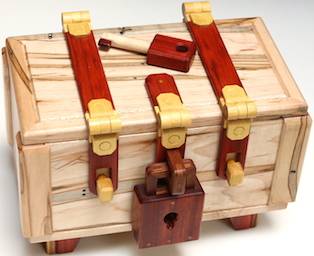
a.k.a. Stickman No. 27
Designed and made by Robert Yarger, 2014.
(Ambrosia Maple / Redheart / Yellowheart, 6" x 8.25" x 6";
includes a 3.5" x 7.25" black and white booklet
with double sided cover, rear cover that is blank inside,
and 8 double sided internal pages.)
This puzzle is all about the key and lock.
Disassembly begins by taking them apart into pieces that are used in other steps.
The following pages show the booklet that was sold with the puzzle with some notes at the end.
Little or no force is necessary for any of the steps,
but some steps do require some amount of force,
and humidity could cause more resistance.
Unless you are very experienced with puzzle boxes,
it may be better to just appreciate the art and follow the directions the first time you disassemble it;
otherwise,
you may end up applying too much force when exploring possible move options,
and possibly damage the puzzle.
Pirates Wallet Box Booklet
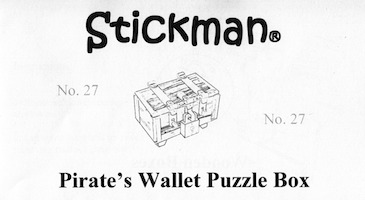

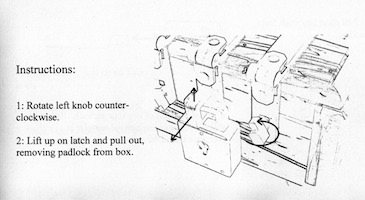
Pirates Wallet Box Booklet Continued
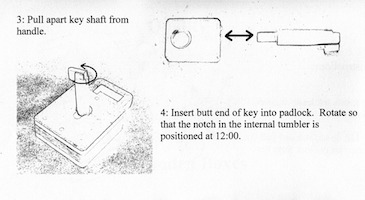
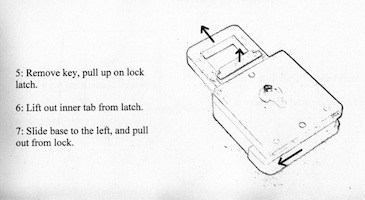
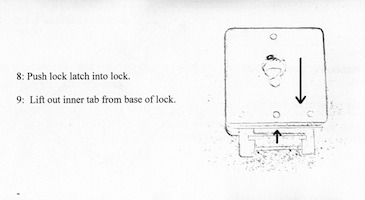
Pirates Wallet Box Booklet Continued
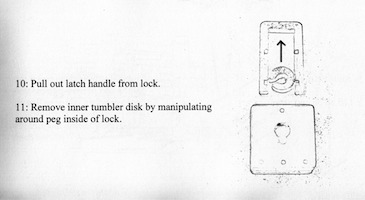
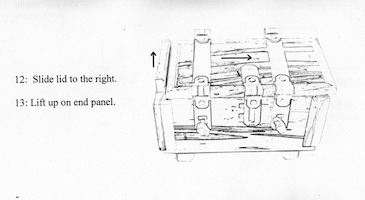
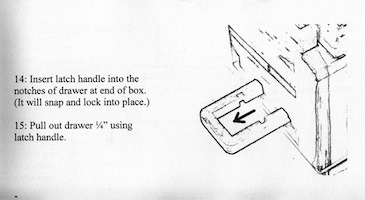
Pirates Wallet Box Booklet Continued
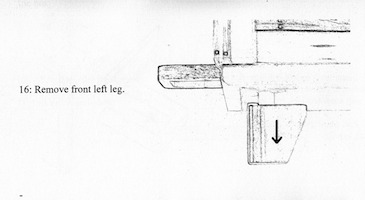
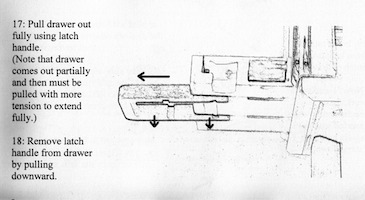
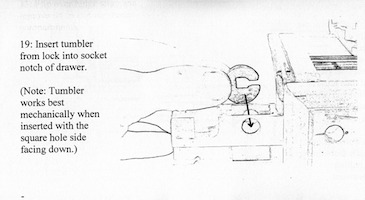
Pirates Wallet Box Booklet Continued
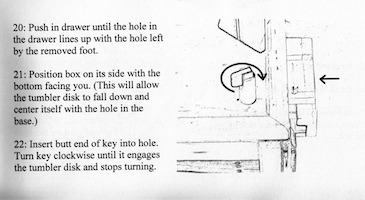
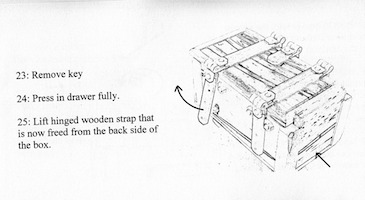
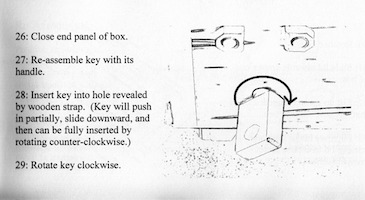
Pirates Wallet Box Booklet Continued
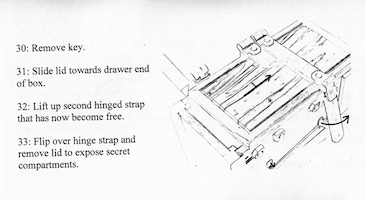
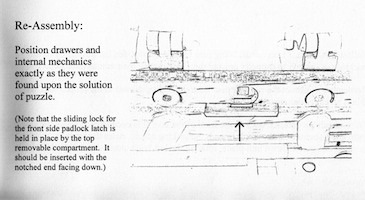
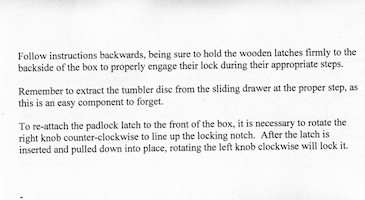
Pirates Wallet Box Booklet Continued
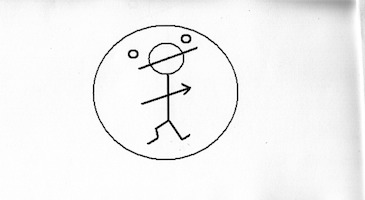

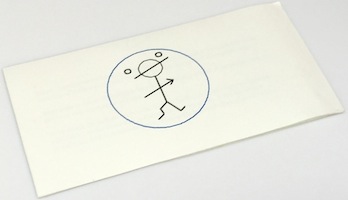
Pirates Wallet Box NotesNotes
Disassembly
All steps:
The legs are firm when the puzzle is fully solved, but may be loose during disassembly. The puzzle came with a note that no attempt should ever be made to rotate any of the legs.
Steps 1 & 2:
The booklet says left knob but the figure shows turning the right knob.
The knobs seem to spin and do nothing, but if you play with them you can get it so you can feel force on one when turning the other.
I've found that the most repeatable way of pulling out the latch is to turn them both counterclockwise
until the left one goes all the way back to 1 o'clock and will not turn further.
Then the latch lifts up and out.
Step 15:
If the drawer will not move a full 1/4" as it is supposed to,
it may be due to a problem that can arise with shipping it or when it is vibrated in a particular way.
A butter knife can be used to fix this problem; here are directions that were emailed to owners:
"If the drawer is stuck so it does not want to come out, insert a butter knife so that it is
between the top of the drawer and the lifted up end panel of the box.
The knife needs to go back at least 3”, and should be inserted on top of the drawer
(on the “left” side).
Then drag the knife across the top of the drawer to the right.
There is an internal peg that will slide and stop against the front face of the box internally.
Once done, the drawer should come out as per the instructions,
and this step should never again be necessary,
unless the puzzle is turned on its back side and vibrated."
Reassembly Notes
The puzzle designer sent email to caution the user about not using force:
"The puzzle’s internal mechanics can be arranged in such a way that its lower removable compartment can be inserted backwards.
In this configuration, (and with enough applied force),
one of the hinge straps can then be manually pressed into an unintended locking position.
If the compartment is put in backwards, you will eventually realize it and are able to backtrack
(that is unless you also manually force hinge latches back into the box).
The issue was always the hinge straps.
When putting the puzzle back together,
you can apply enough force to wedge internal mechanics apart and lock a hinge strap into place manually.
This seemed like a logical assumption because that is the way latches on brief cases and suit cases relock.
Just don't do this. The latches relock in the same way that they unlock, which is positioning things so they go in freely,
then letting the internal mechanics engage them. Be mindful of how the straps eventually come out,
so you can put them back in reverse order."





















